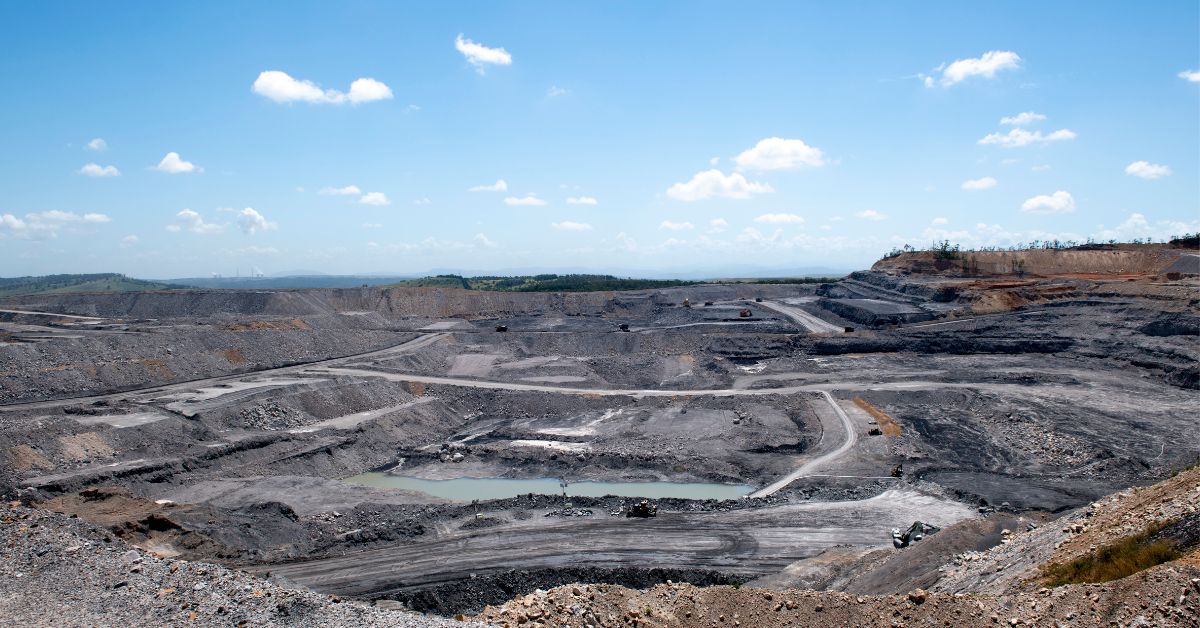Fatigue is more than just feeling tired – it’s a state of mental or physical exhaustion, and a serious safety risk that can cost lives. In the mining and energy industries, where long shifts, heavy machinery, and high-risk environments are the norm, fatigue management is a critical safety issue.
The MEU is committed to stamping out unsafe fatigue practices across the industry and holding employers accountable for the wellbeing of their workforce.
How do you know if you’re experiencing fatigue?
You may be experiencing fatigue if you are:
- Feeling unusually tired
- Experiencing reduced hand-eye coordination, slow reflexes, blurred or impaired vision
- Having short-term memory problems
- Unable to concentrate
- Needing more sleep than usual
Workplace factors such as long shifts, excessive overtime, irregular hours, inadequate breaks, and physically or mentally demanding tasks can all contribute to dangerous levels of fatigue.
Why is fatigue dangerous?
In mining and energy, fatigue dramatically increases the risk of serious incidents and injuries, especially when:
- Operating heavy mobile equipment or fixed plant (e.g. haul trucks, drills, loaders)
- Driving light vehicles on or off site
- Working at heights on scaffolding, crushers, or conveyors
- Handling explosive or flammable materials during blasting operations
- Performing high-risk maintenance or electrical work in confined spaces
- Participating in emergency response or critical health and safety procedures
Over the long term, fatigue also increases the risk of chronic health conditions including heart disease, high blood pressure, type 2 diabetes, gastrointestinal problems, and mental health conditions such as depression, anxiety, and chronic stress.
Managing fatigue: employer responsibility
Fatigue is a workplace hazard that demands structural solutions. Employers have a duty to prevent fatigue risks by:
- Designing rosters that allow for proper rest and recovery
- Limiting excessive overtime and ensuring adequate breaks between shifts
- Consulting with workers and union representatives on safe hours and workload demands
- Identifying and assessing fatigue risks as part of WHS procedures
- Providing training and resources to help workers manage fatigue
- Acting immediately when workers report fatigue or unfit conditions
The MEU continues to push for fair and transparent fatigue management practices across all sites to protect workers and raise industry standards.
Managing fatigue: your role
Workers can take steps to reduce fatigue risk by:
- Following your site’s fatigue management policies
- Taking regular breaks, staying hydrated, and moving around
- Speaking up if you feel fatigued or unfit for duty
- Checking in on your crew and watching for signs of fatigue in others
- Monitoring your own alertness during shifts
- Ensuring you are well rested before work
- Seeking medical advice if fatigue or sleep issues persist
- Avoiding long commutes or driving when overtired
Getting organised
Workplaces with higher union representation are better able to enforce fatigue management. Union delegates and safety representatives ensure that rosters, overtime, and breaks are not only “policy on paper” but enforced in practice. Through collective action, workers can prevent unsafe rostering practices and protect their right to a safe workplace.
Staying safe at work
If you are concerned about fatigue at your worksite, you should speak to your Delegate or Union safety representative.
